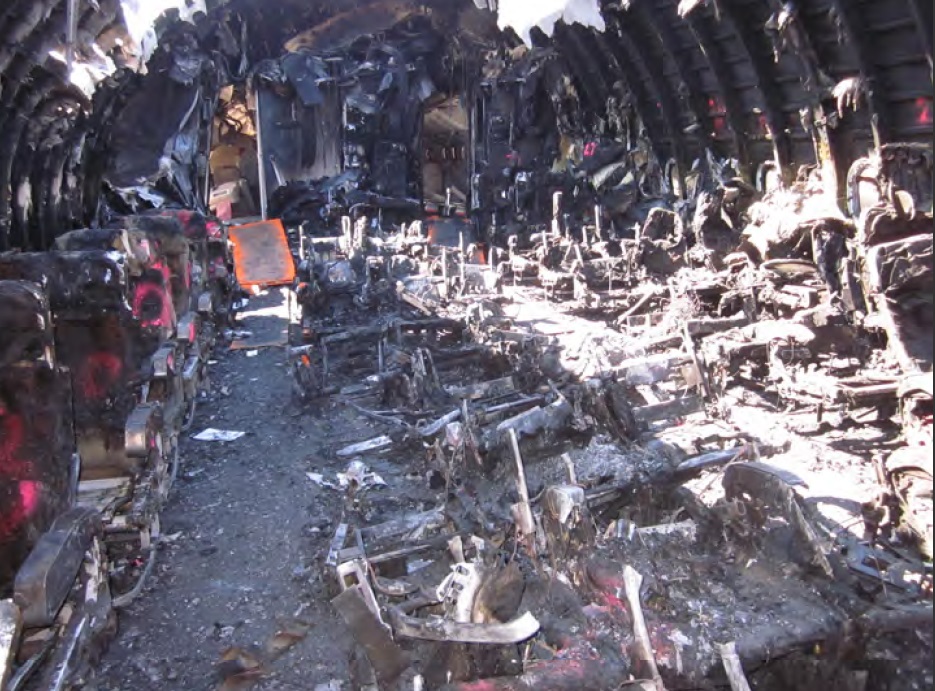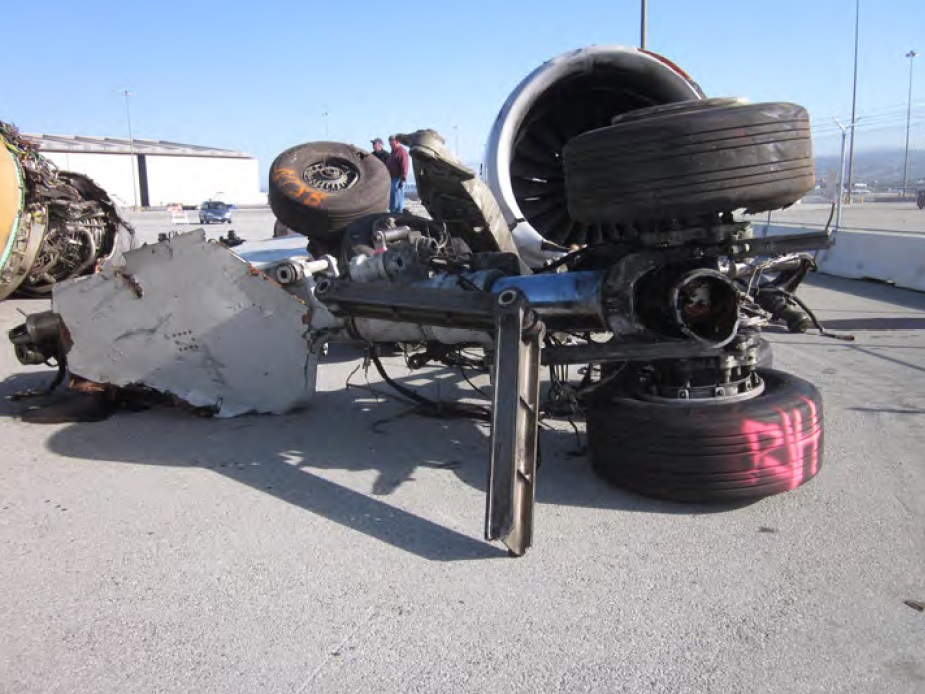A whirlwind vacation in Memphis, Tennessee this week yielded, among other things, a visit to Sun Studios. This is the record studio famous for having discovered folks like Elvis Presley and Johnny Cash. In addition to all sorts of interesting tales about the birth of rock and roll, the tour included a look at some seriously interesting 1950s – vintage recording equipment.
One rather unusual item was a ‘record cutting lathe’, the device that used to cut the lacquer master used to generate the negative ‘stamper’ that pressed the actual records. This particular one was a desktop machine about a yard across that must have weighed at least 100 pounds.
I happened to notice that one of the controls on this monster was labeled outside-in / inside out, presumably for selecting the direction in which the recording head moved as the master was cut. When the tour was over, I asked the docent why anyone would want to cut a record from the inside out.
She admitted she didn’t have an answer, but allowed as to how it was a good question. I did some research online later that day. Here’s what was revealed.
As you probably remember, LP records turned at 33-1/3 RPM, which amounts to about half a turn per second. But the length of one turn around is greater at the outside edge of the record than toward the middle. So the speed of the stylus over the groove decreases as the program plays, starting at about 17 inches per second at the outside of the record and slowing to about 8 inches per second at the inside.
This means that the fidelity of the recording is potentially better for the outermost grooves. Since most classical music starts out quietly and builds into a dynamic multi-instrument crescendo, it was deemed desirable by some to cut classical records from the inside out, so the more demanding end of the piece could enjoy the better performance of the outermost grooves. But it never really caught on, at least in part because it would completely confuse an automatic record changer.
It was, however, fairly commonly used for the recording of long, multi-disk transcriptions, where the odd sides would be recorded outside-in and even sides would be recorded inside-out. That way, listeners would not hear an obvious change in fidelity on the transition between disks.
I’m consistently amazed by how much our progenitors were able to achieve with so little to work with. I wonder if, sixty years from now, others will say the same about us.



